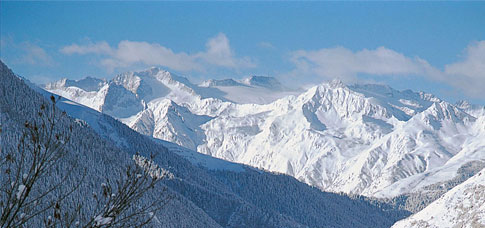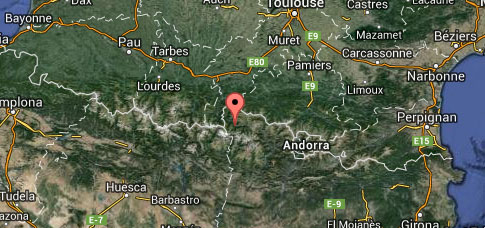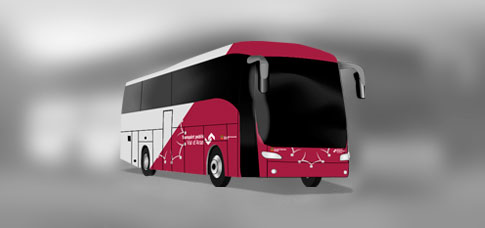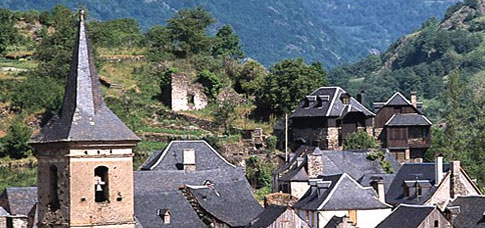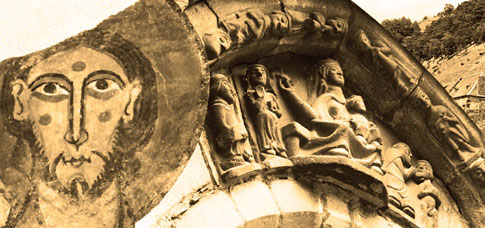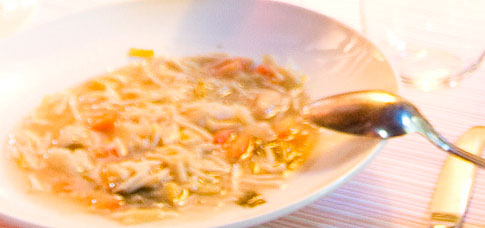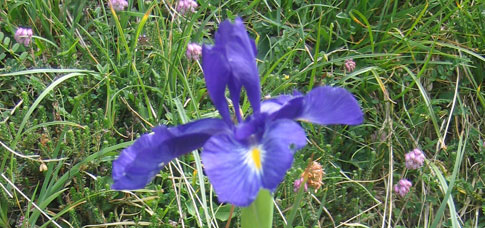Val d’Aran has an extension of 620 km and 30% of its territory is above 2.000 m of altitude. It borders France to the North, Alta Ribagorça and Aragón to the South, Pallars Sobirà to the East and once again Aragón and France to the West.
Here you can discover which is the shortest way to arrive in Vielha, the capital of Val d’Aran . Insert your town of origin and the web will do the rest.
There are plenty of options to get around in Val d’Aran. There is a good road network so that travelling by taxi or by bus is both rapid and comfortable. Here you are a few suggestions to make your trips in the valley easier.
Val d’Aran consists of 33 villages where a hint of maturity in the wood, the slate and the stones is mixed up with the beauty of intense nature in the mountainous and alpine landscapes.
The history of Val d’Aran is closely related to the Occitan culture from the South of France, whose bonds have already been stronger than the ones with the Iberian Peninsula due to the complex orography that has acted as a natural border for centuries.
The gastronomy of Val d’Aran is another element of its ethnological heritage which has been especially rediscovered these last years thanks to anonymous people and associations of the Valley, such as Gegant Madrónius, who have gathered some old recipes from oral tradition.
The intense nature of the Valley, with deciduous and coniferous forests alternating with alpine and subalpine meadows and beautiful fluvial stretches or lakes, can be found on every step one takes and simply by opening the door where the visitor stays.
Val D’Aran was living one of the key moments of its history between the 14th and 15th centuries. After long years of disputes between the Spaniards and the Franks, the privileges which would respect its organizational autonomy (by means of different treaties and the Querimonia, which was granted by James II) were acknowledged. At that time, the Aranese, a language that would be its symbol of distinction until today, started being shaped.









